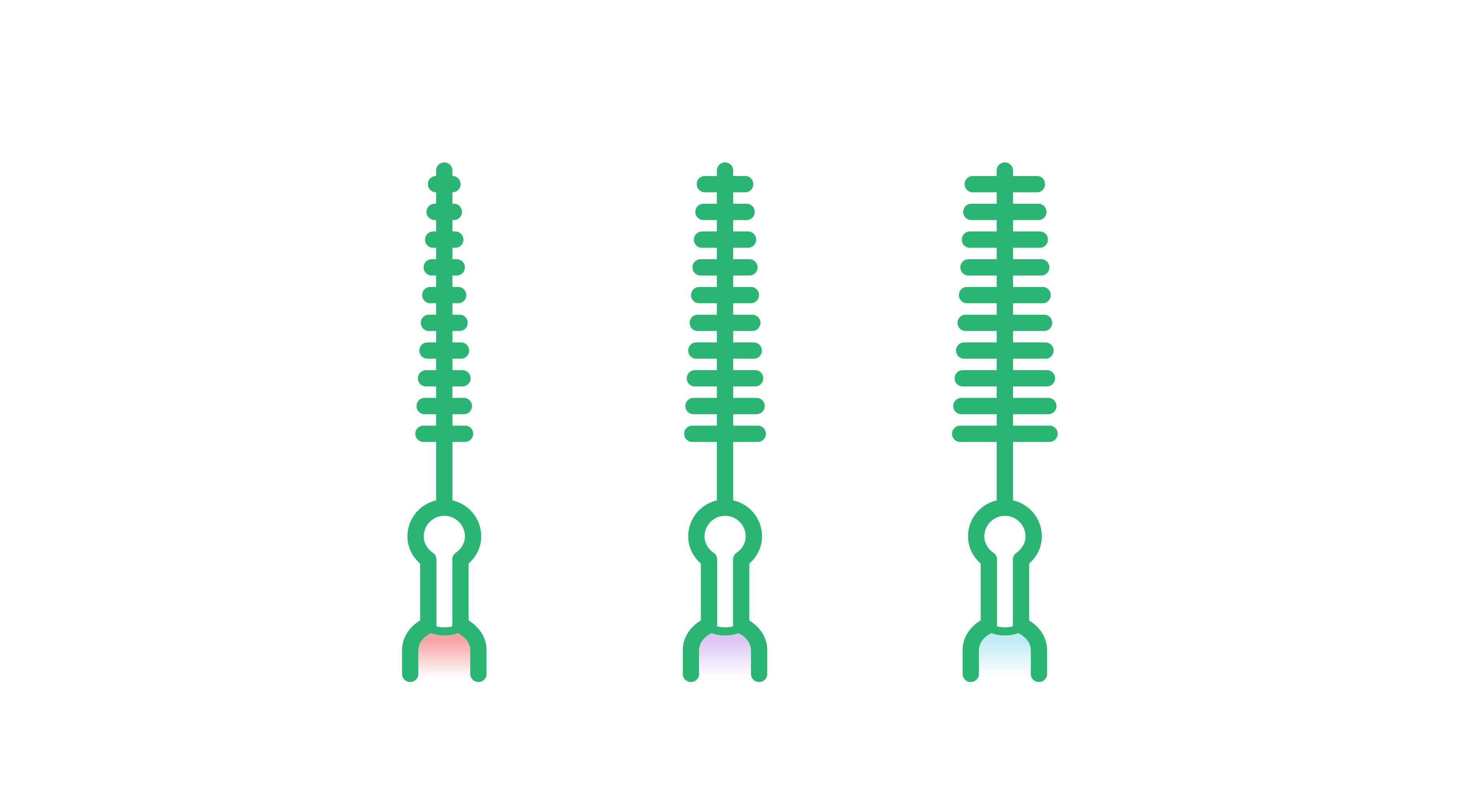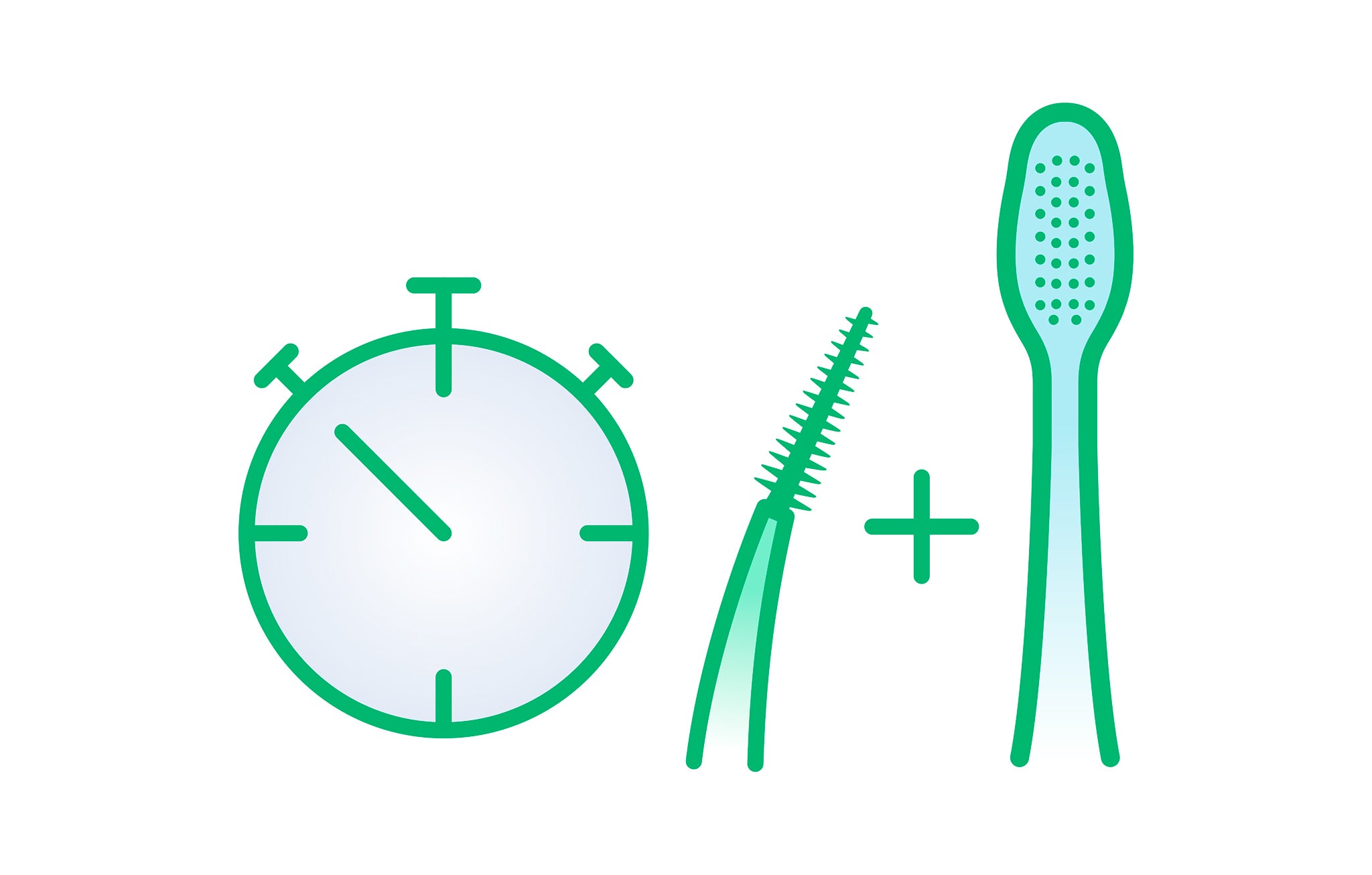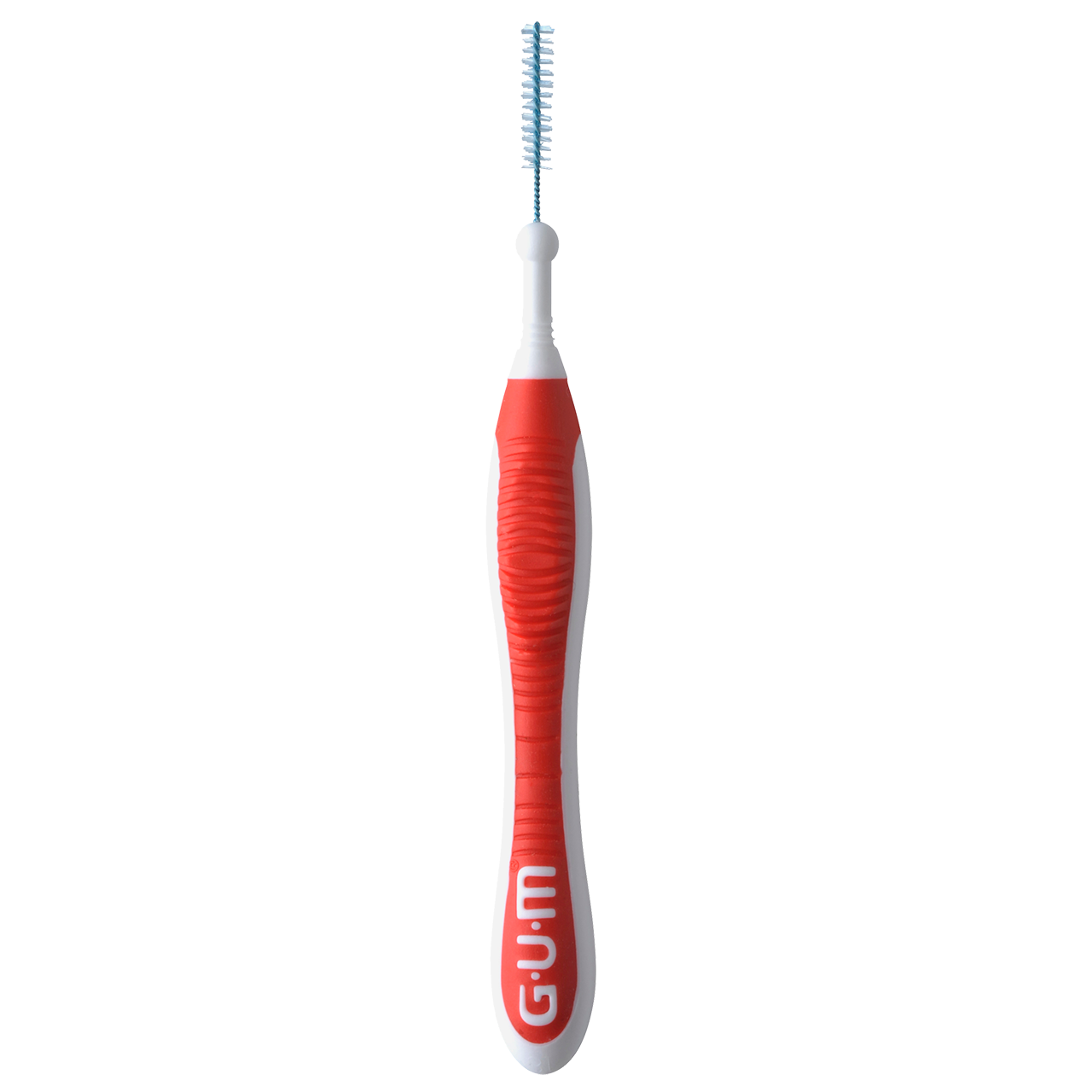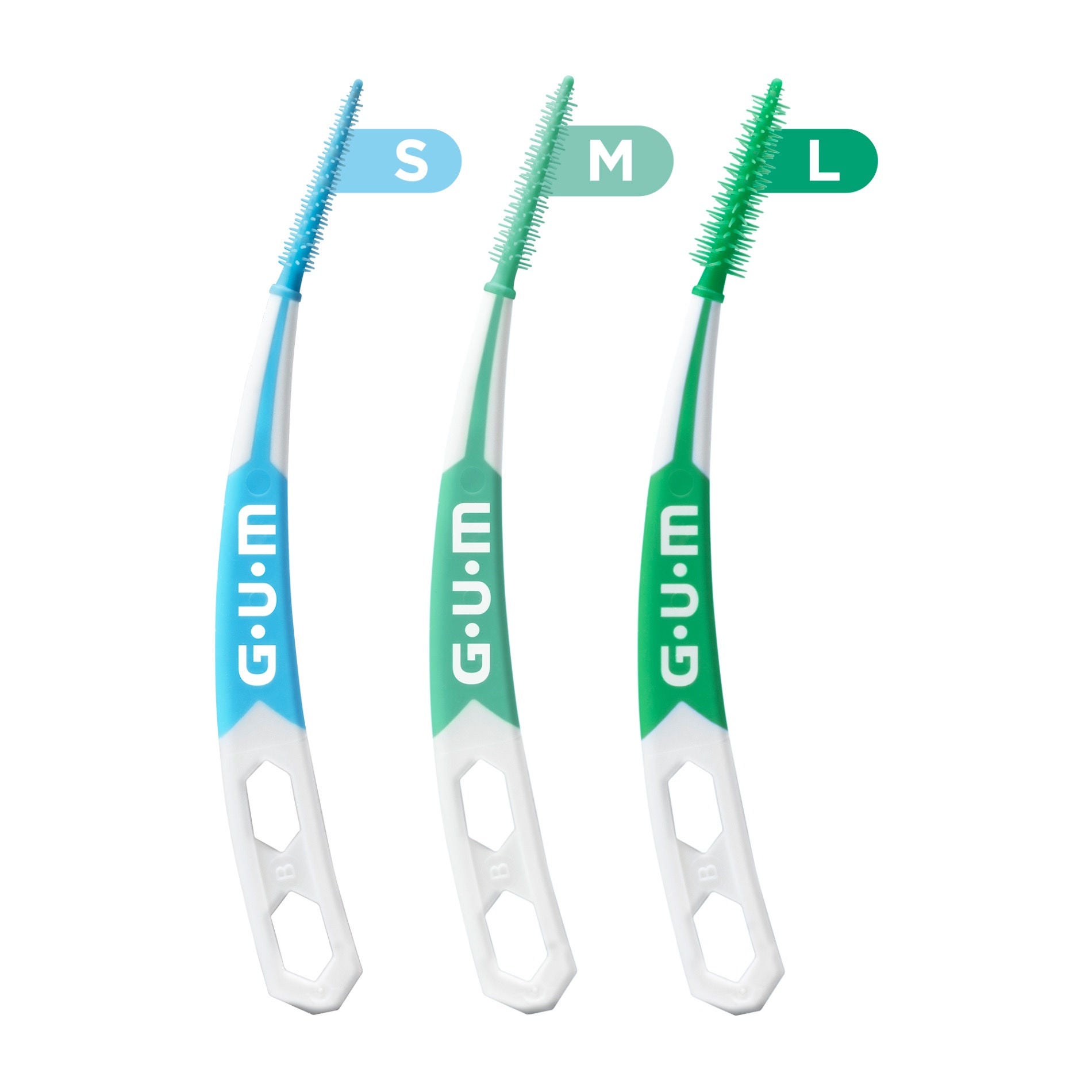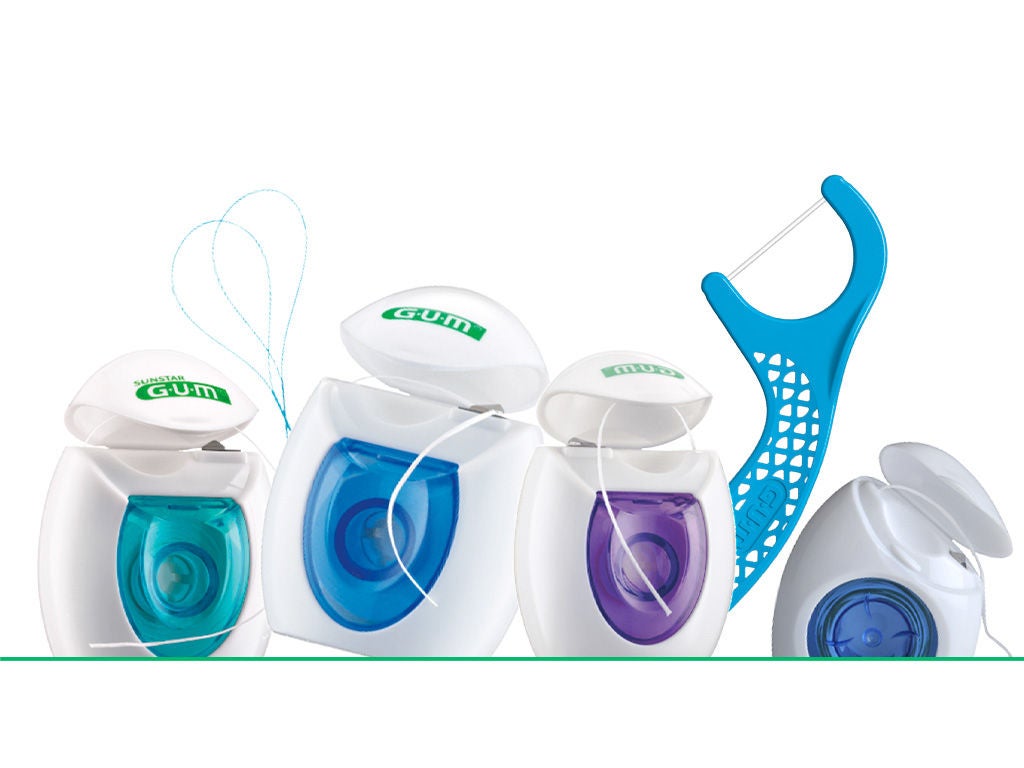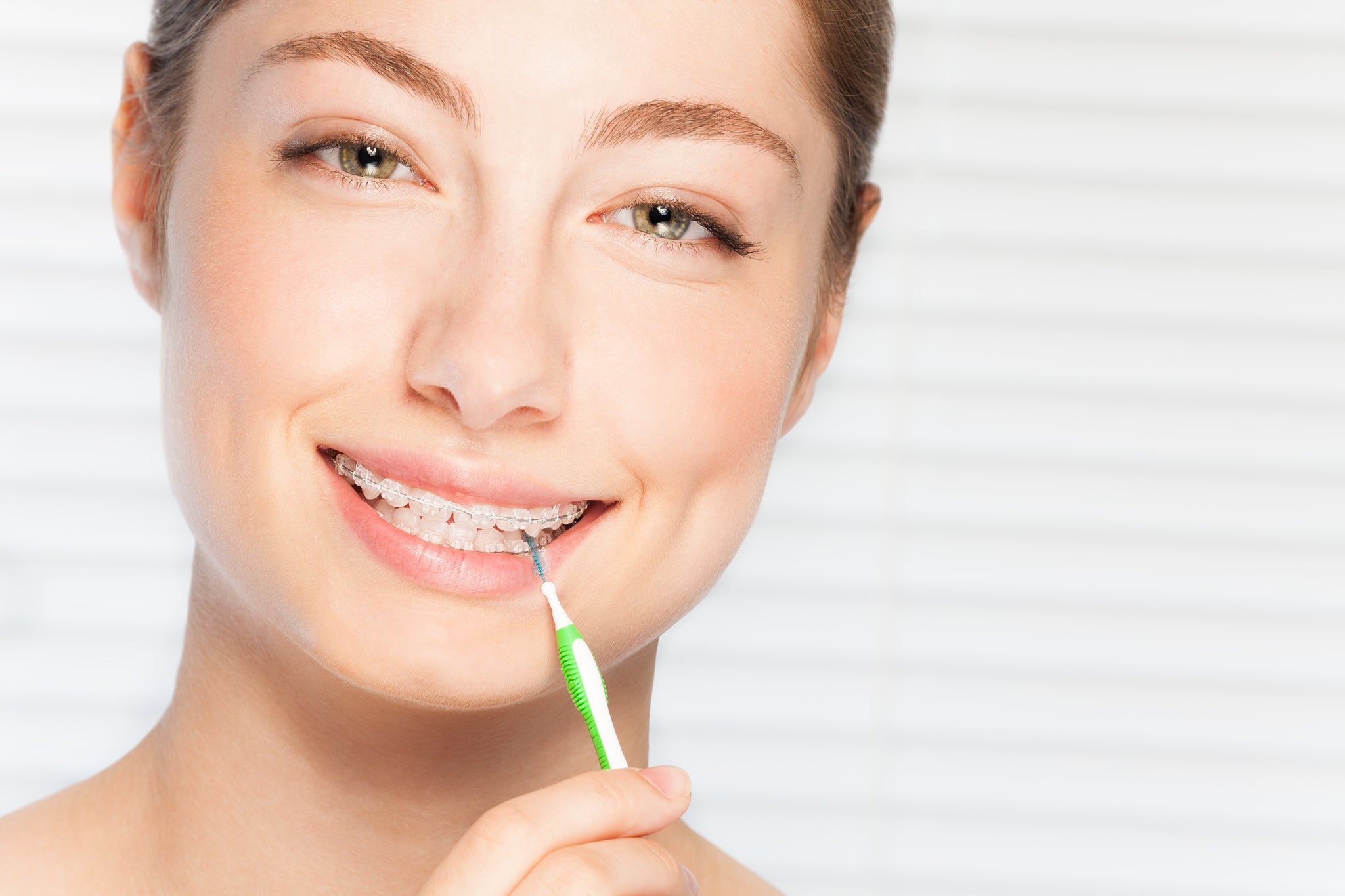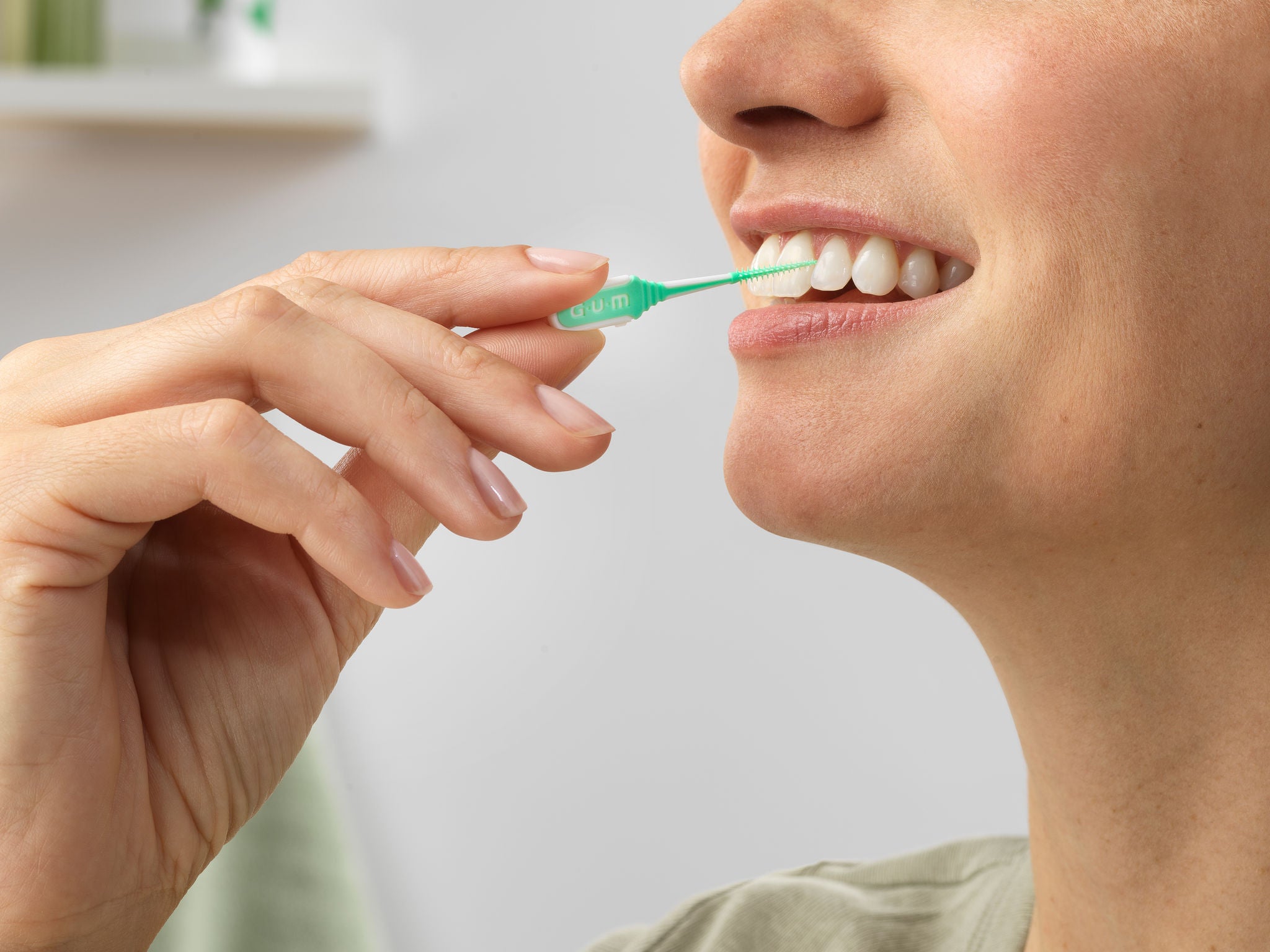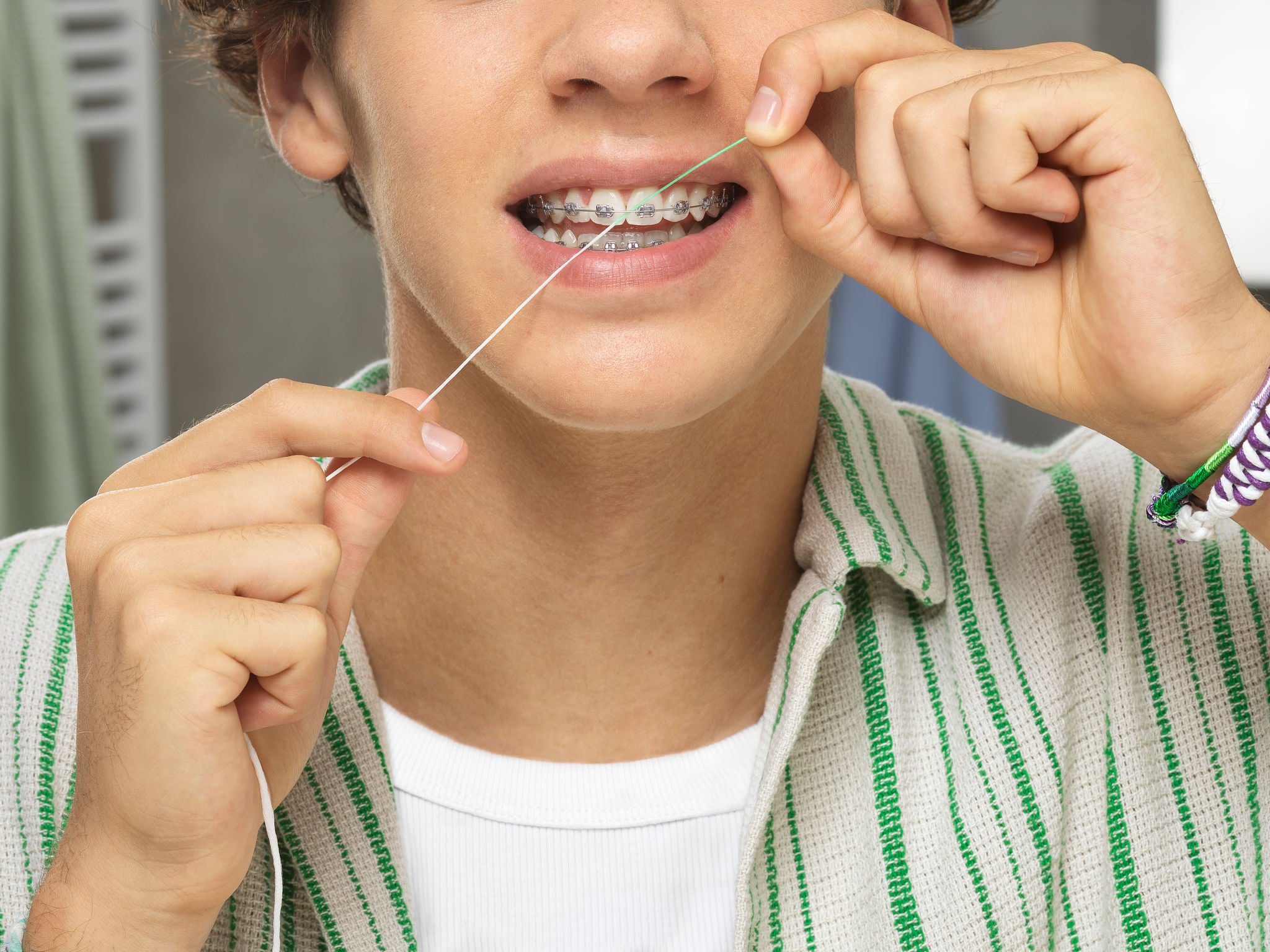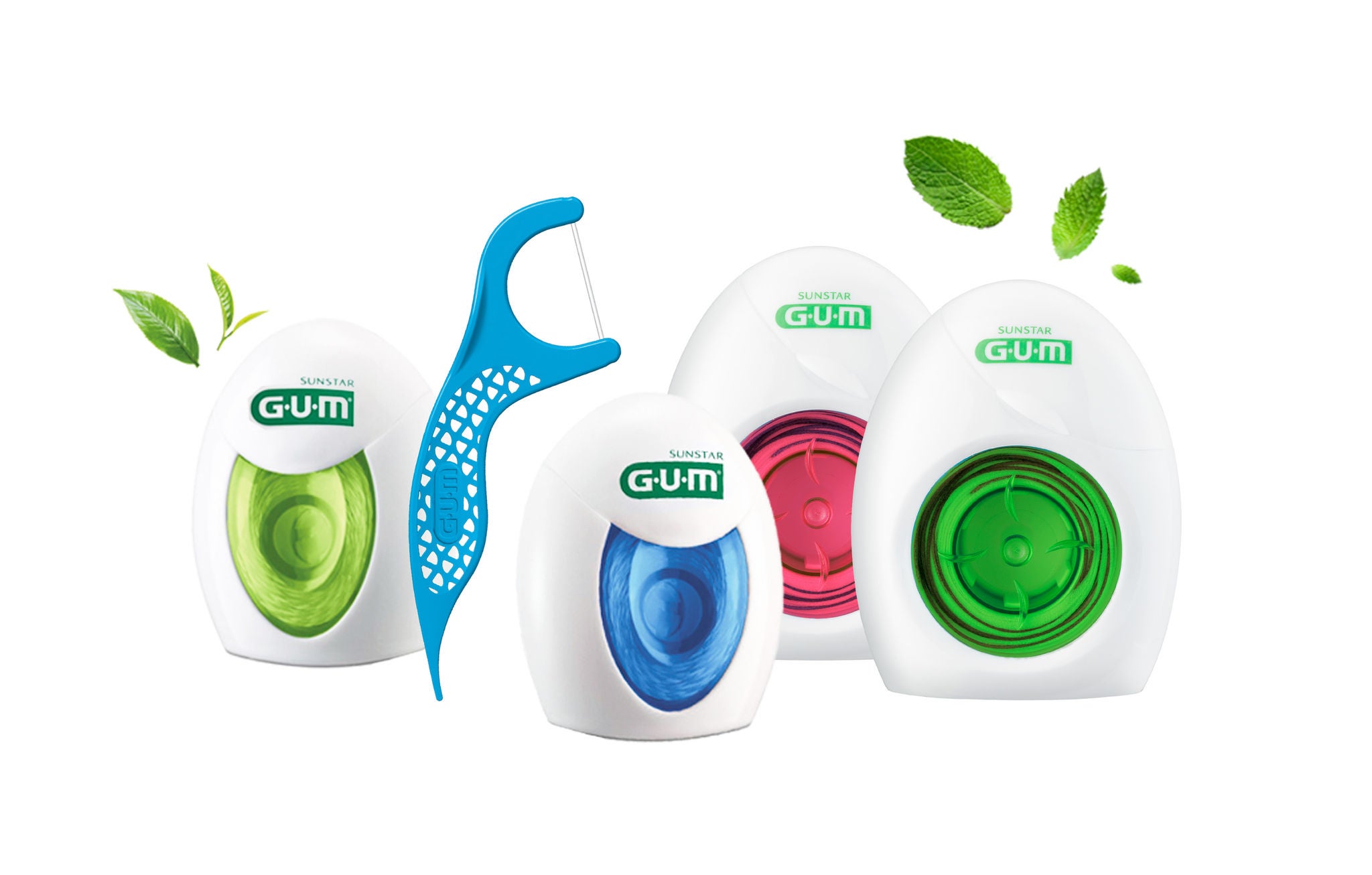
Interdental Brushing: What Is It & Why Is It Effective
Did you know that the idea for the modern toothpick was inspired by Brazilian farmers?
Fashioned out of wood or really any material they could find (even bird claws!), toothpicks were one of the first primitive inventions used to keep people’s teeth and gums healthy and fresh.
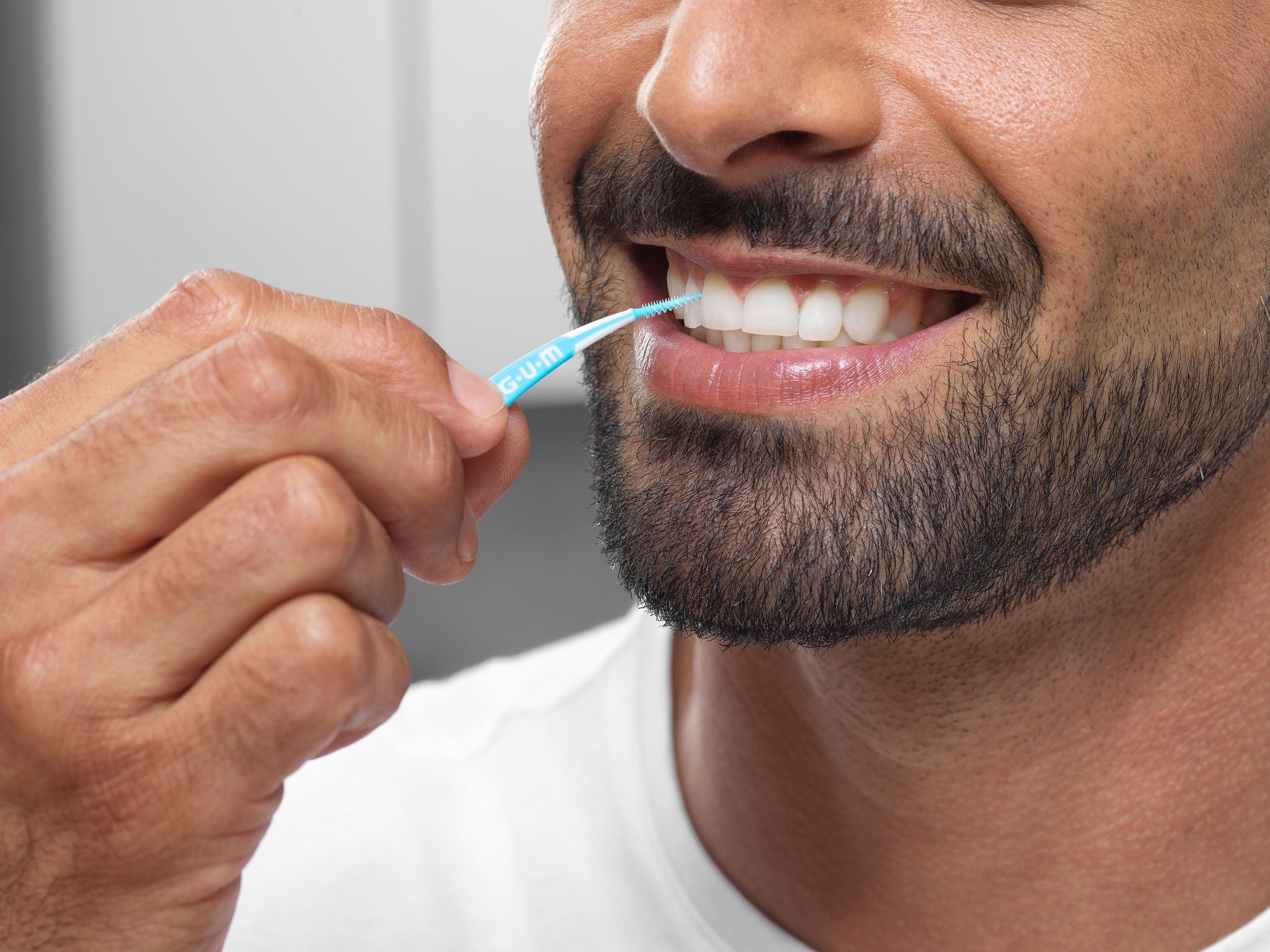
Fortunately, today, we have more advanced and diverse technology for the task. With the evolution of interdental brushes, people have a safe, effective way of keeping their gums clean and clear.
So, what is interdental brushing and why is it so effective?
Your teeth have five surfaces: one facing your lips and cheeks, one facing your tongue, one facing the surface you chew and bite with, and finally two surfaces where two teeth meet each other.
These last two surfaces are hard – if not impossible – to reach with a normal toothbrush. And, not unimportantly, together, they comprise up to 40% of your entire tooth surface!
Because these interdental spaces (the spaces between the teeth) are so hard to reach, they are an ideal spot for bacteria to grow. This is where an interdental brush comes into play.
Interdental brushing involves using a small, specially-made brush to clean in between teeth, removing food buildup and disease-causing bacteria. Interdental brushing serves to remove particles that can lead to plaque formation or gum disease.
GUM® interdental brushes are made to not damage the enamel and the gums, and come in different sizes to suit different interdental spaces, as you should never force an interdental brush in.
Interdental brushing is:
- More effective at removing plaque, food particles, and bacteria than brushing alone
- Often easier than flossing
- Cost-effective (and less painful) for preventing future dental work linked to caries or gum diseases
- Effective in helping prevent gum disease
- A habit that once you’ve introduced it in your oral care routine, you’ll never want to go without again
Additionally, although flossing can be very effective when done by a dental professional, proper flossing technique is surprisingly difficult to achieve outside of the dentist’s office.
The British Dental Association has stated that, “Small inter-dental brushes are best for cleaning the area in between the teeth, where there is space to do so.”
Many studies and dentists agree that:
- Flossing can cut into gums; interdental bushing does not
- Patients are more likely to use interdental brushes than floss
- Interdental brushes have been shown to provide better plaque removal than floss on a daily basis
- Flossing is extremely difficult to perform properly, and even then, it has shown to be less effective in reducing gum inflammation that can lead to gingivitis compared to interdental brushing
- Interdental brushing is highly recommended for patients with braces, implants, bridges, or dexterity issues
It is important to realise that sometimes the spaces between teeth are so tight you cannot fit in an interdental brush.
For example, this is often the case for the front teeth of people with healthy gums and teeth. In those cases, flossing is the only available method to clean in between teeth. It is important to adopt the right flossing technique and choose the right type of floss, so always ask your dental professional for instructions and advice on the overall interdental cleaning methods best suited to your needs.
To learn more, read our guide: Discover the many benefits of flossing
Wondering how to best clean between your teeth? Watch our video:
Find the best interdental for you and check our guide here:
Facts about interdental brushes
Interdental brushes as we know them today were first introduced in the 1980s as an effective alternative to flossing. Since then, technology has evolved to create more comfortable and easy-to-use brushes for patients of all ages.
Here are some more need-to-know facts about interdental brushing:
Interdental brushes should be used once a day (in the evening for example) as part of the ideal oral care routine made of three easy steps:
- Cleaning between the teeth
- Toothbrushing with a soft toothbrush and a gentle toothpaste
- Rinsing with a gentle mouthwash.
Some interdental cleaning devices, such as our GUM SOFT-PICKS® are also suitable on-the-go (as they come with a practical travel case) and you can bring them with you during the day.
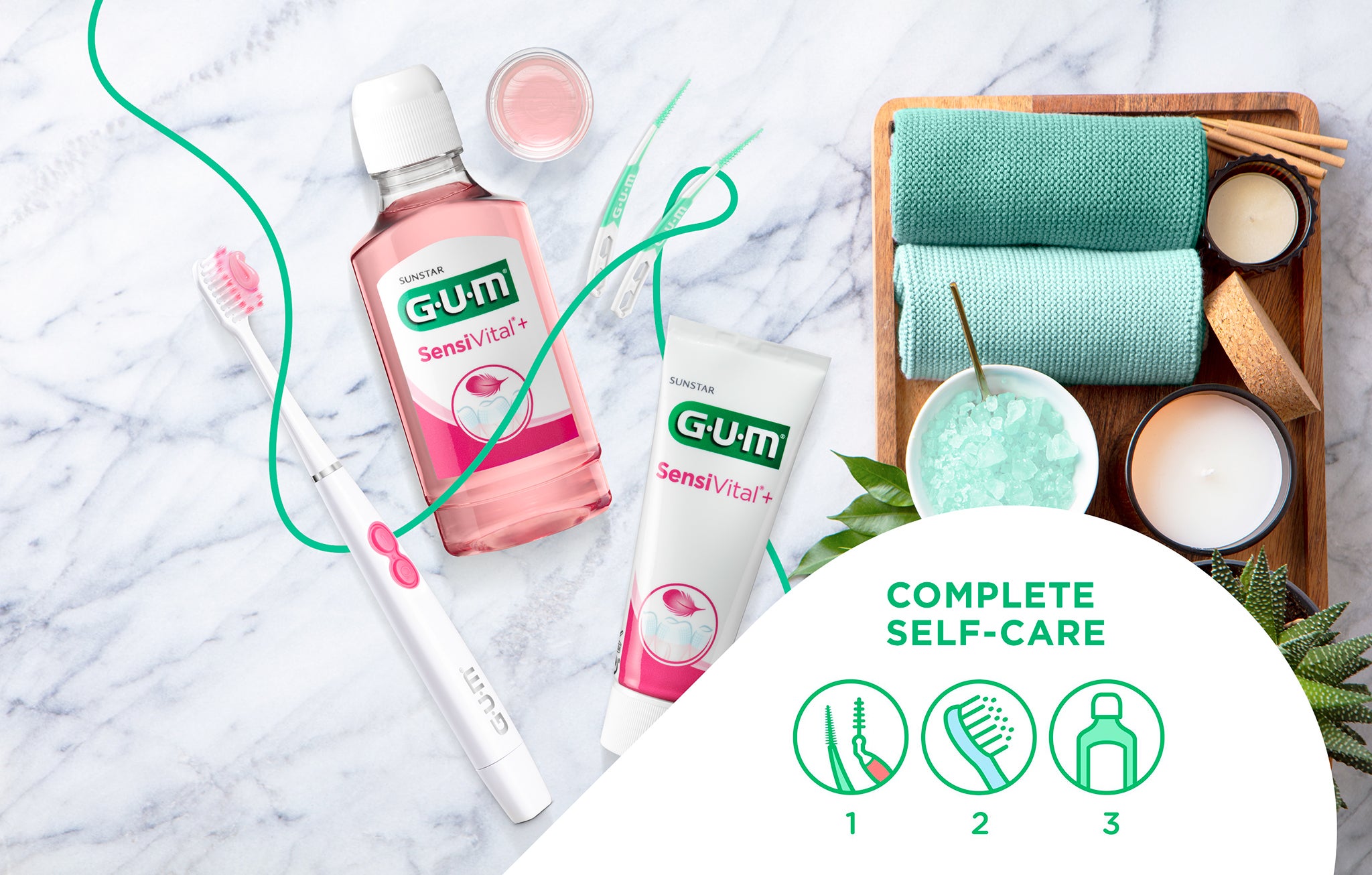
Interdental brushes come in a variety of styles and types
Interdental brushes are meant to clean gaps between teeth, which can vary widely in size and shape. To accommodate this, specialists have designed interdental brushes in a variety of materials (with nylon coated wire bristles, like GUM TRAV-LER®), styles, types, and sizes to suit every type of user.
Beyond brushes, interdental picks that are made of rubber and designed for a gentle touch like GUM SOFT-PICKS can be a popular alternative.
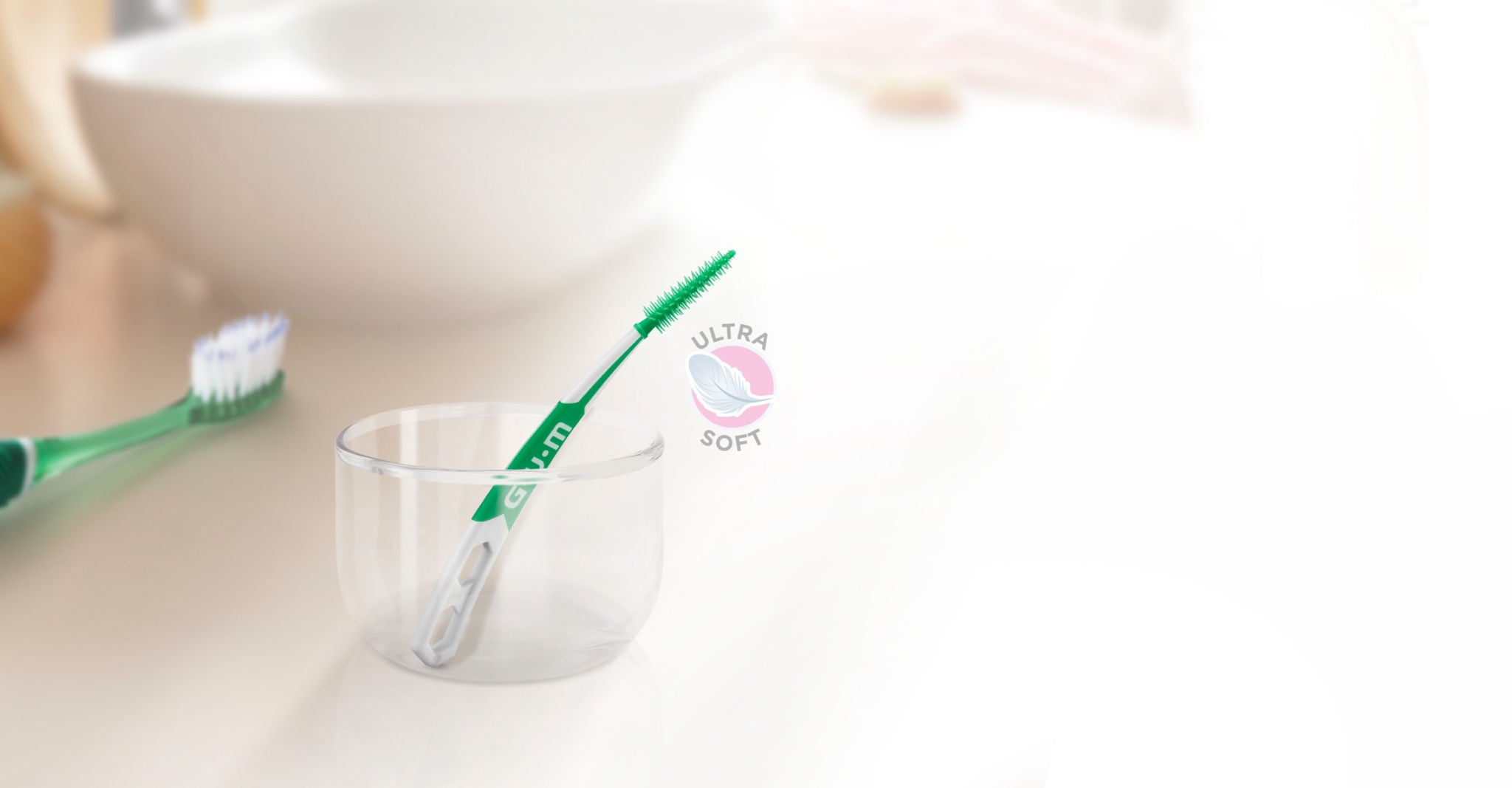
A single interdental brush can be used several times.
Interdental brushes can be used several times before they need to be replaced. If your interdental brush looks to be “worn out,” it’s time for a replacement, but normally it can be used for up to one week. The brushes of the GUM TRAV-LER series are coated with chlorhexidine, an antiseptic that can help to prevent contamination with bacteria. Rubber interdental picks are instead designed for single use.
Interdental brushes can be used with braces.
Orthodontic patients are recommended to use their interdental brush at least one time per day along with their traditional toothbrush. They can use it classically for interdental spaces but also along the brackets: One should slide the brush between the orthodontic wire and the teeth, carefully moving the brush up and down to remove food particles.
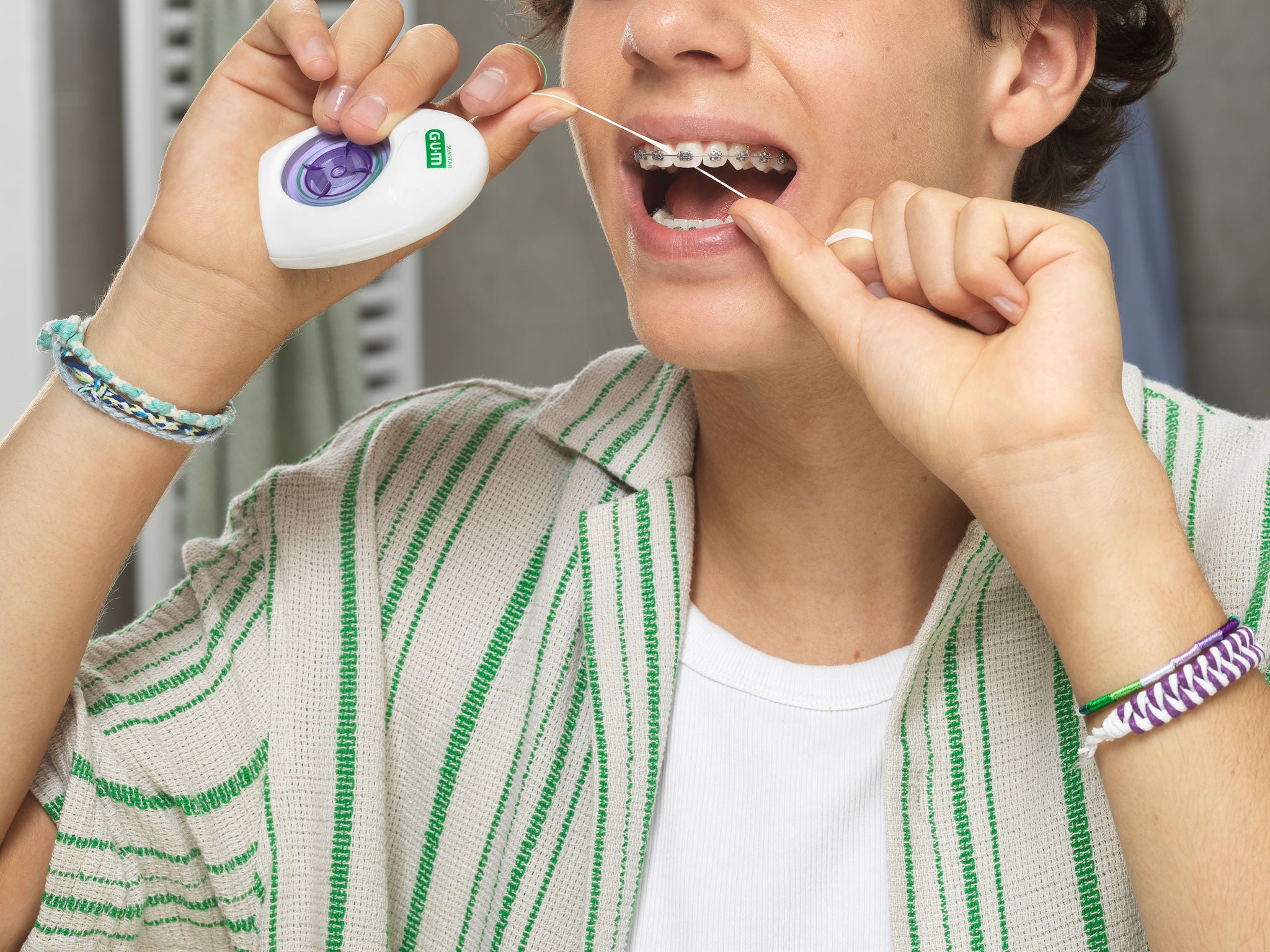
Interdental brushes don't need toothpaste.
You can simply use your interdental toothbrush with water and brush gently with a back and forth or up and down motion.
How to use interdental brushes
Using interdental brushes is simple.
In fact, we – and many dental professionals – believe they are much easier to use than dental floss! Always ask guidance to your dentist about the tools and techniques of usage that are best fitted to your needs.
Just follow these simple steps:
- Choose an interdental brush or pick that fits the spaces between your teeth. You may have to use more than one size.
- Clean your teeth with interdental brushes or picks at least once per day before or after brushing.
- Insert the brush between your teeth and brush gently. Make sure you use the right size; it should not feel like you have to force the brush between your teeth. Use floss, gently, in very tight spaces where a brush can’t fit.
- Repeat this for every gap between your teeth. Do this for your whole mouth, paying special attention to the hard-to-reach areas.
- Continue your regular routine using a soft-bristled toothbrush.
- Complete your routine with a daily mouthwash.
For more guidance, have a look at the video below or read our blog on the best tips for how to use an interdental brush effectively
Best interdental brushes to buy online
Interdental brushes are an easy-to-use alternative to floss – and there are tons of great options available for purchase online.
Here are our top favourites:
Find the best interdental for you and check our guide here: How to choose your interdental.
Add interdental brushing to your oral care routine
Brushing alone has been proven ineffective at thoroughly removing plaque and buildup from teeth. Adding interdental brushing is the most effective combination in helping prevent plaque, gum disease, and more!
At SUNSTAR, all of our GUM Brand Interdental Brushes are designed to make interdental cleaning really easy and comfortable. Every brush has a soft, ergonomic handle, making them easy to guide around the mouth.
Add interdental brushing to your routine as a more effective and comfortable flossing alternative.
